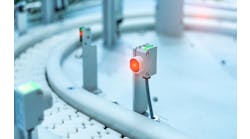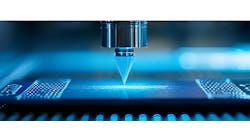We’ve only just begun to develop grippers and end effectors to address the unpredictable robotic situations that will continue to evolve. With robotics playing such a pivotal role in the future of discrete manufacturing, we asked a seasoned panel of industry experts for their insights and predictions on the role of robots.
Click here to meet the panel of experts.
Q: The biggest growth in the robotics area seems to be with end effectors. How has the explosion in end-effector options and availability affected machine builders' willingness to integrate robots?
David Arens: End effectors are still exploding. If you want to see, just look up coffee ground grippers. We don't know the amount of biomimicry that we might use in our physical environment. I just saw a micro motor system on a microscope stage being used to push micro crystal seeds into a waiting retriever paddle. We have only just begun our process of developing grippers and there are so many unpredictable situations that will continue to evolve.
Scott Mabie: It has definitely had a very positive effect. As a manufacturer of the robot arm, it’s of course imperative that our users quickly identify and integrate the best end effectors for their specific applications.
Corey Ryan: The end effector is part of the robotic system and must be considered carefully in the application risk assessment. Historically, end effectors have been attached to robots behind fences where sharp edges, pointed corners and pinch points were not a problem because people couldn’t interact while the robot was moving. Once the robot is used in a collaborative fashion, most standard end effectors become unsafe, so an entirely new market has opened up. Collaborative robots have also opened up many new applications, and each of these requires new end effectors with application-specific features that prevent user injury.
Main image courtesy of Stuart Miles at FreeDigitalPhotos.net




